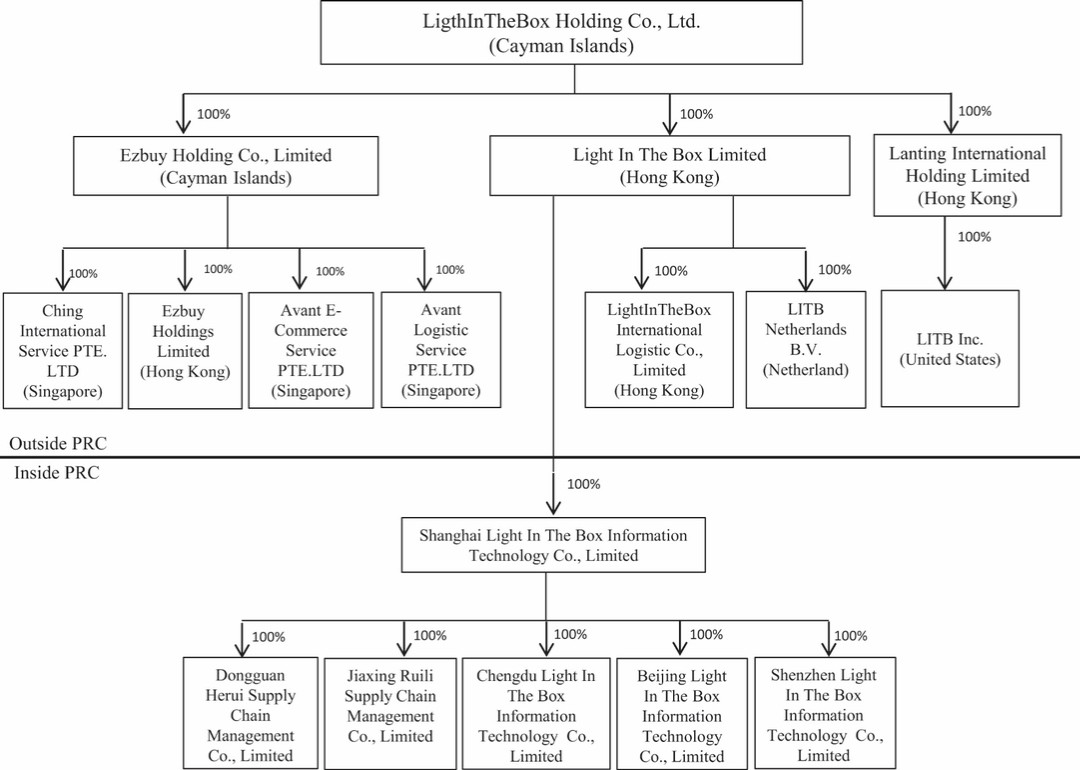The proper functioning of our information infrastructure or those of third-party service providers we reply upon is essential to our business and any failure to maintain the satisfactory performance, security and integrity of our information infrastructure may materially and adversely affect our business, reputation, financial condition and results of operations.
Our revenues from product sales depend on the number of visitors who purchase products on our websites and mobile applications and the volume of orders we fulfill. Our information infrastructure is vulnerable to damage or interruption as a result of terrorist attacks, wars, earthquakes, floods, fires, power loss, health epidemics, undetected errors or “bugs” in our software, computer viruses, interruptions in access to our platform through the use of “denial of service” or similar attacks, hacking or other attempts to harm our systems, and similar events. Some of our systems are not fully redundant, and our disaster recovery planning does not account for all possible scenarios. Telecommunications failures, errors encountered during system upgrades or system expansions, failures related to imbedded social networking functions, computer viruses, attempts to harm our systems, or any inability to maintain, develop and upgrade our existing information infrastructure may damage our hardware and software systems and database, interrupt access to our websites and mobile applications, disrupt our business activities, reveal confidential customer information, slow down response times, degrade customer service, increase shipping and handling costs or delay order fulfillment, which may individually or collectively affect our business, reputation, financial condition and results of operations materially and adversely.
Our technology infrastructure may not function properly as a result of third-party action, employee error, malfeasance or otherwise and resulting in unauthorized access to our customers’ data. In addition, our domain names may not point to our IP address correctly due to malfeasance or neglect by our hosting solutions or domain name registries. For example, they may determine that we have violated contractual, civil or criminal duties and, as a result, suspend our domain names. Such errors would render our sites inaccessible for a period of time. Additionally, third parties may attempt to fraudulently induce employees or customers into disclosing sensitive information such as user names, passwords or other information in order to gain access to our or our customers’ data.
Even if we are successful in preventing security breaches, any perception by the public that online commercial transactions, or the privacy of user information, are increasingly unsafe or vulnerable to attack could inhibit the growth of online retailers and other online services generally, which, in turn, may have a material adverse effect on our business, reputation, financial condition and results of operations.
Our branding efforts for our products and company may be costly and may not obtain positive market recognition which may materially and adversely affect our business, financial condition and results of operations.
We have launched our own branded product lines, which require more research, design and marketing costs than our private label products. These costs may not be recovered from sufficient sales of these branded products. These brands may not receive or maintain positive market recognition. Furthermore, it may take time and additional expenditures before we realize that our branding efforts have been unsuccessful. As a result of these efforts to develop branded products, we may incur costs without corresponding increases in revenues which may materially and adversely affect our business, financial condition and results of operations.
We do not have any business liability, disruption or litigation insurance and any business disruption or litigation we experience might result in our incurring substantial costs and diversion of resources.
Insurances companies offer limited business insurance products and do not, to our knowledge, offer business liability insurance suitable to our business. As such, we currently only have limited insurance covering certain of our warehouses. Any product liability claims or business disruption, natural disaster could result in our incurring substantial costs and diversion of resources, which would have an adverse effect on our business, financial condition and results of operations.
We rely on certain key operating metrics to evaluate the performance of our business, and perceived inaccuracies in such metrics may harm our reputation and negatively affect our business.
We rely on certain key operating metrics to evaluate the performance of our business. Our operating metrics may differ from estimates published by third parties or from similarly titled metrics used by other companies due to differences in methodology and assumptions. If these metrics are perceived to be inaccurate by investors or investors make investment decisions based on operating metrics we disclosed but with their own methodology and assumptions or those published or used by third parties or other companies, our reputation may be harmed, which could negatively affect our business, and we may also face potential lawsuits or disputes.
